- Learning time
- 60 minutes
- First play time
- 180 minutes
Caverna
Designed by: Uwe Rosenberg
A first look in the box may be overwhelming. There’s a huge amount of stuff going on Caverna, but don’t be put off. Unlike some games, actual play feels pretty intuitive. You are ancient cave-dwellers and your goal is to, well, dwell the best. Your options on each turn start out plentiful and only get more so as the game progresses over a set number of rounds.
At the start of the game you have two family members and on your turn you send one of them out to do your bidding. They can plough fields, cut down trees to make pasture and raise animals out in the open. Or they can dig into the hill from their initial dwelling and create new rooms or even mine for ore and gems. To do any of these actions, you need to collect resources such as wood and stone, but there is also an option to arm your people and go off on expeditions, which bring increasingly bountiful rewards too – basically, it’s a way to generate several actions from just one turn.
As the game continues there are harvest rounds where you must feed your (potentially expanding) family, and any animals you’ve raised generate offspring. Your fields will also produce goods for you, and all this bounty – assuming you don’t eat it – goes toward either future harvests, or better still, points at the end of the game. Each new round a card is flipped showing a new available action, and as these get more and more alluring grabbing the start player position can be vital.
At the end of the game the player who has best expanded their dwelling and raised a diverse menagerie of farm animals and crops will be winner – points are awarded in a variety of ways.
Despite it’s initial appearance as an absolute behemoth, Caverna is a friendly game and a relatively easy one to teach. We think the publisher has gone rather conservative with the 12 and up recommendation too. The game is so exploratory that you can play it almost as a trying-stuff-out the first few times, and begin to develop winning strategies later.
Joe says
One of my favourite aspects of this and Agricola is the tactile nature of these games. Piles of stone, wood, rubies and ore build up on certain board spaces, making them impossible to resist, even if you haven't quite worked out what you'll do with the bounty once you've reaped it. But there's always something you can do with the heaps of stuff you accrue - whether hoarding for points at the end, building enclosures for animals or furnishing rooms in your cave for points and multipliers - Caverna's a game with a generous heart.
The guru's verdict

-
Take That!
Take That!
Very low. There's no direct fighting between players so the most combative move is spotting someone's plans and blocking a particular action. But this will need to be balanced against your own needs.
-
Fidget Factor!
Fidget Factor!
Potentially high as the game nears its conclusion. There are a whole bundle of options open to you, and while none of them will be 'wrong' some will be more productive than others. Adults can potentially play the game with more thought and strategy; children can simply explore their options and develop strategic play through doing so.
-
Brain Burn!
Brain Burn!
There's no maths - or very little - but the number of choices does give pause for thought.
-
Again Again!
Again Again!
Randomness in Caverna is low - there's no gambling in the game at all. But the sheer amount of options mean you can approach the game - and win it - in a number of ways.

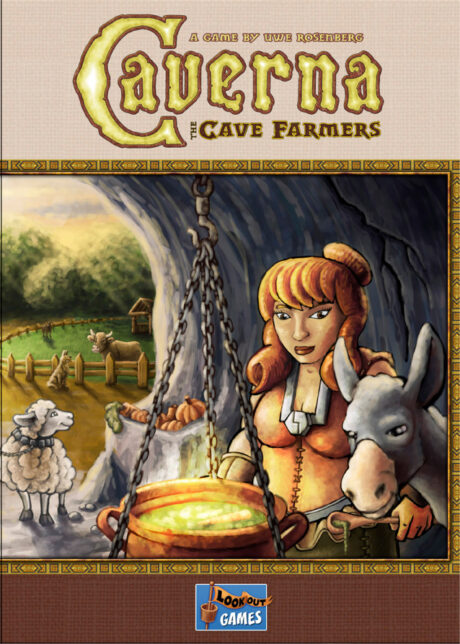
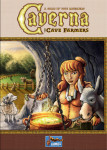
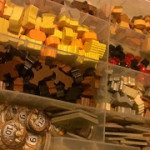
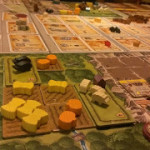
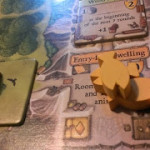
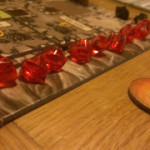
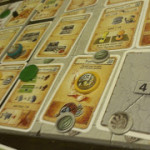
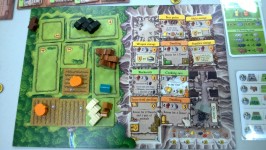


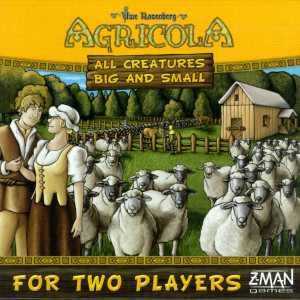
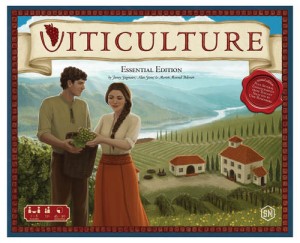
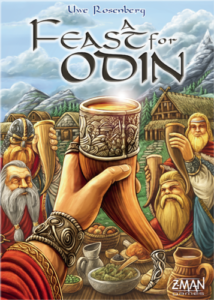
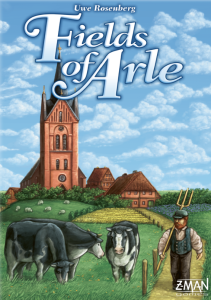
Sam says
Like it's predecessor Agricola, Caverna is a game with a heap of options. But despite that element of head-scratchiness, it's a very intuitive game: you collect resources in order to build or farm with them, and you use ore to weaponize your adventurers. And compared to Agricola it's slightly friendlier; feeding your family is a simpler process and just one part of what feels like a fun exploration - in a game that contains many paths to victory.